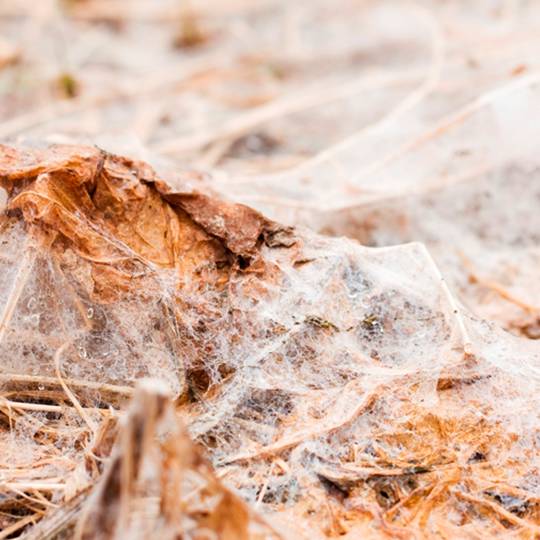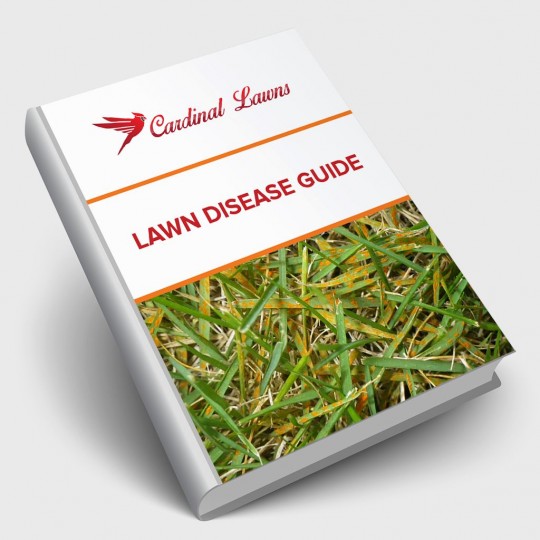Snow Mold
Identification, Prevention & Treatment
Posted
March 5, 2020

Even after snow melts, its effects can still be seen across your lawn. Learn to recognize the different snow mold types and what you can do about them.
Different Snow Mold Types
A blanket of snow across your yard may look pretty, but it could be doing damage to your grass, especially cool-season varieties. One of the first contributing factors is a heavy snowstorm before the ground gets a chance to freeze. Then moisture mixes with leaf cover, tall grass, and other lawn debris. Under these conditions, cold-weather fungi known as snow mold has a chance to form.
Snow mold comes in two forms:
- Gray. Grayish-white appearance; affects grass blades.
- Pink. Whitish-pink appearance; kills the crown and grass roots.
Signs are most noticeable in the spring when the snow begins to melt. This is when you’ll notice matted, straw-colored circular patches across your lawn. These patches range in size from a few inches to several feet.
Preventing Snow Mold
Prevention is easier than trying to treat snow mold. If you’ve had a problem before, follow these steps to help keep it from happening again.
- Proper mowing. Tall grass is one of the causes of snow mold. Make your last cut of the season a little shorter to help keep it under control.
- Clear debris. Rid your lawn of leaves and other unnecessary items. Mulch your leaves instead and move all lawn ornaments off the grass.
- Dethatch. Break up and rake up thatch in the fall.
- Proper fertilizing. If you’re going to fertilize in the fall, use a slow-release formula for the right amount of nitrogen.
- Funcigide. Apply a preventative lawn fungicide in the fall, especially if you’ve had issues before. The best time to apply is between your last mow and the first significant snowfall.
- Snow control. Since mold grows under heavy layers of snow cover, try not to pile it up even more when clearing driveways and sidewalks. The longer it takes to melt, the more time mold has to grow.
Treating Mold
If your preventative measures don’t work, try these treatments:
- Clean up. Gently rake affected areas to break up matted grass. This helps dry out the area and gives other grass room to grow.
- Repair. Certain patching products can help restore dead areas in your lawn.
- Reseed. If a large area has been damaged, think about reseeding or changing the type of grass you have altogether.
For more information about snow mold and how to identify, prevent, and treat the disease, contact Cardinal Lawns. With the right measures, both you and your lawn can enjoy the season without worrying about what damage it’s doing.

Download Your FREE Lawn Disease Guide
Even the most manicured landscapes are susceptible to lawn disease. Take some time to learn about identification and removal before one takes over your lawn. This handy guide teaches you how to spot common lawn diseases as well as how to properly treat them.